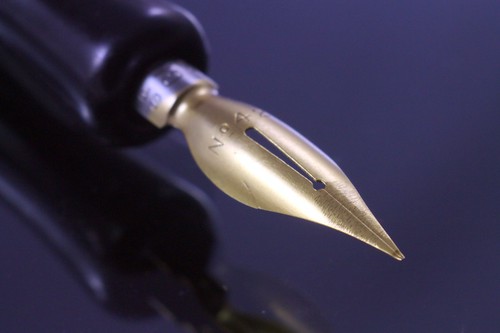 |
Statue of Liberty being photographed
from the Staten Island Ferry |
The flight from New York home to Singapore takes a bit less
than 24 hours including a couple of hours to change planes in Tokyo - hours and
hours sitting 10 kilometres above the earth’s surface with a few centimetres of
aeronautical engineering between the bodies within and the minus 60 degree,
very thin air outside.
Somewhere above the arctic circle, I started watching Orson
Welles’ 1940s Hollywood classic, Citizen Kane. It seemed the right film to be watching in that strange space between
cultures and time zones. As I sat endlessly in a darkened airplane and reflected on my two weeks in New York, Welles spoke of something essential about the American psyche.
A frame for understanding.
 |
Looking at the Empire State from on top of the Rockefeller
Building |
Citizen Kane is
set in early 20th century America and tells the story of a
billionaire newspaper magnate who builds a mansion which he fills with the
greatest art he can find from across the world. Kane could be read as
representing any one of the industrial barons who built New York. This is a
city of the most astounding monolithic buildings filled with the most
remarkable collections of (mostly European) art. It is a city of excess and
extreme that astounds, but it is also a city of contradictions and
complexities. Welles makes use of a clever device to explore the motivations of
Kane: he sets the film after Kane’s death and the plot follows the explorations
of a newspaper journalist who is trying to discover the meaning of Kane’s final
dying word: “rosebud”. The meaning of this word remains largely enigmatic in
the film. What is clever and powerful about Welles’ plot, however, is that in
piecing together the various stories about Kane, the viewer is left not with
one simple answer, but with a complex and contradictory image of Kane which is
paradoxically credible.
And that is what I feel about New York. It would be
relatively easy to write about the desire of the nouveau riche to build
monolithic phallic objects as symbols of power and insecurity or of the oedipal
struggle of a young and powerful nation to establish its credibility in the
eyes of Mother France and Father England, but this would be to neglect the
beauty and humanity that is also a part of this paradoxical place. What struck me about NewYork is that it is both Wall Street and the United Nations Headquarters; both consumer excess and Central Park; both Broadway cliche and cutting edge drama at the Lincoln Center; both the smell of mould in my room at the YMCA and the beauty of the Y's 19th Century facade. New York,
like “Rosebud”, seems to me to be an enigma: richly rewarding those who choose to explore but built in
layers of contrasting colours and defying any simple explanation.
 |
Manhattan framed through the dirt and fingermarks of travelers on
the Staten Island Ferry |
Windows and Mirrors
What always fascinates me as I photograph something that has
been photographed thousands and probably millions of times before, is how my
vision might be different from those many others. I am increasingly interested
in taking photos of others taking photos. The reflections and refractions of
meaning as images pass through the filters of different minds intrigue me. I
wrote about this on the day that I went to visit the DIA gallery at Beacon, an hour and a half north of New York by train. Before visiting the
gallery, I walked to the top of Mt Beacon and found myself reflecting on the issue
of meaning and perspective that seems so particularly salient when one is
travelling.
Making meaning
The tree in front of me
Is on a mountain
In New York State
 |
| View of the Hudson river from Mt Beacon |
But the pen I’m
Writing with was
Made in Germany
And the fingers
Guiding it were
Made in Australia
And the language
Describing it was
Made in England
Where were you made?
And in what realm
Shall we locate this
Tree we have made
Together?
DIA Beacon was a revelation. Here the frame was
an old 19th century factory which seemed as integral to the process of making
meaning as the objects it housed. The generosity of space offered to the art
works was an important part of how I viewed them. I was reminded of the difference
between seeing an animal in a zoo and watching one running in the wild.
The works of Gerhard Richter had a particular resonance as they explored the possibility of art - and photography particularly - to be understood through either the metaphor of a mirror or a window. These massive translucent panels reflected the spaces around them each at a slightly different angle.
Finding Rosebud
 The last word on frames and meaning can go to this character. I met him down on West 34th street on my way to watch the 4th of July fireworks. In the middle of telling me where I might get a good vantage point, he suddenly jumped to attention and pointed to five national guard helicopters flying in formation behind me:
The last word on frames and meaning can go to this character. I met him down on West 34th street on my way to watch the 4th of July fireworks. In the middle of telling me where I might get a good vantage point, he suddenly jumped to attention and pointed to five national guard helicopters flying in formation behind me:
"Would you look at that! I'm gonna shoot the bastards"
And he picked up his old video camera and began.
You can find a link to my photos of New York here.






